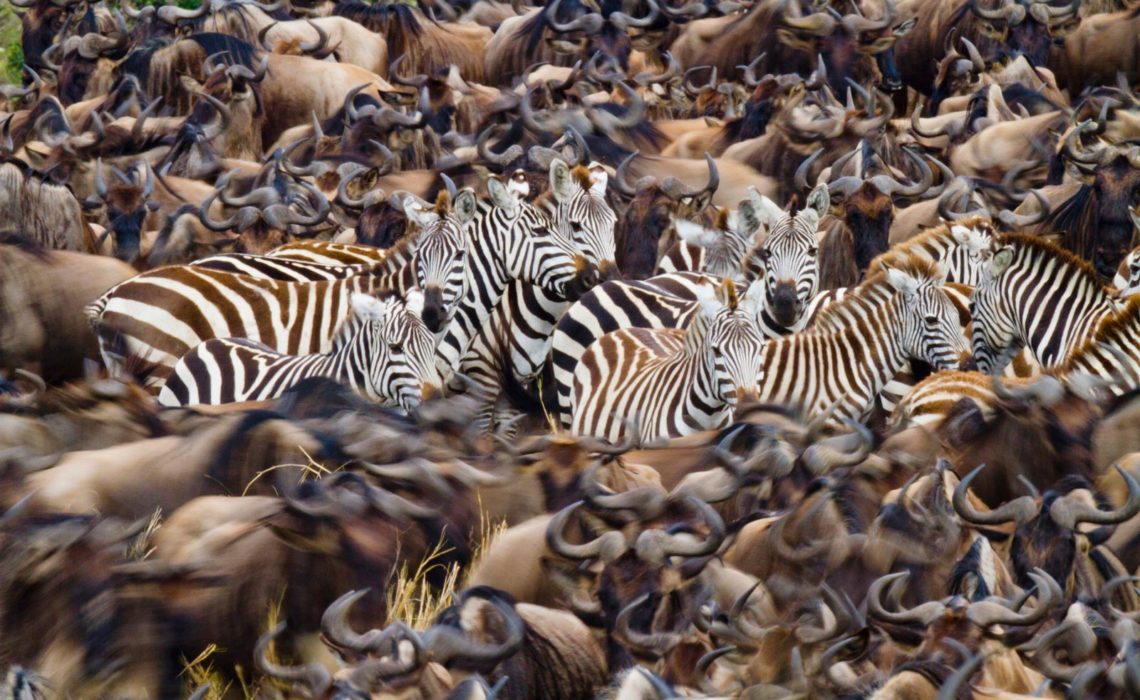
You might also like:
Kenya’s Great Migration, which usually starts in the Maasai Mara in July and August, has started early this year, with wildebeest already being spotted in the Mara River area.
“Herds have already been spotted along the Western Corridor/Grumeti Reserves,” says Chalo Africa, a company that provides eco-friendly experiences for Africa-bound tourists, and provides migration forecasts and monthly updates. “We predict an earlier migration to the Mara as well this year, with herds most likely entering the Mara by the first week of July.”
The 1 510-sq km Maasai Mara National Reserve usually sees the Great Wildebeest Migration taking place between July and October, offering tourists the opportunity to witness one of the most magnificent natural phenomena while on safari.
Over two million animals migrate from the Serengeti National Park in Tanzania to the Maasai Mara National Reserve, including Thompson’s gazelle, zebra, eland, and wildebeest.
The early migration is due to the extended dry season, with water having dried up in the Serengeti, leaving the Mara River as the only other source of water for the animals. While this may be a boon for travellers who have come to Africa in the hope of witnessing this event, should climate change and human intervention continue, it could potentially change migration patterns in the future.
By the end of summer, which is usually the rainy season in September, the wildlife starts its journey back to the Serengeti, and visitors wanting to see the migration would usually plan their travel around these times. This pattern change could affect bookings made around the migration.
Source: tourismupdate.co.za
